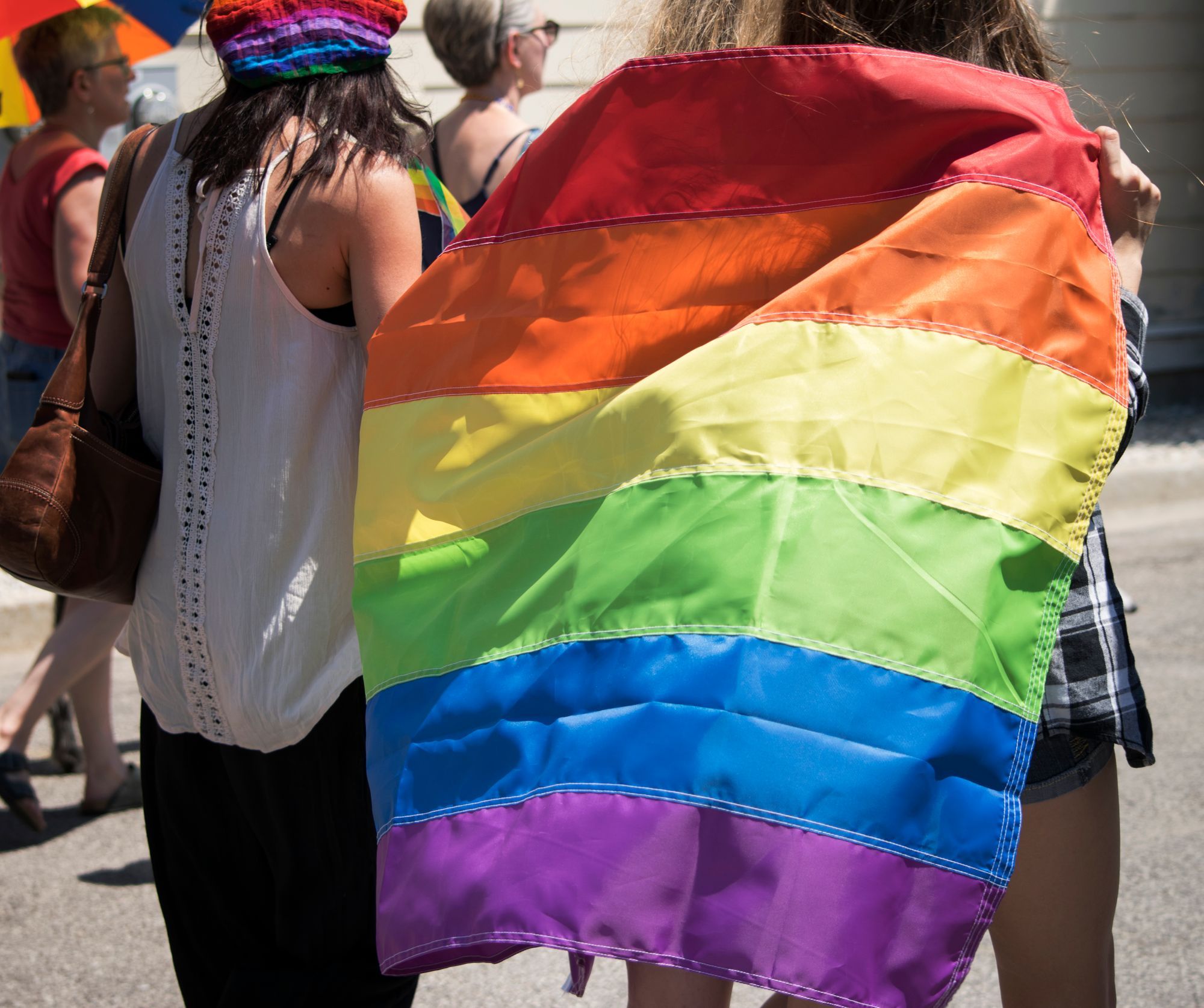Pride Month is upon us, and as we look forward to the celebrations that are being planned, I feel it is important to understand the history behind them. The first thing I like to ask people is: Do you know why Pride is held in June?
Well, the short answer is that the police raided the Stonewall Inn, which led to the Christopher Street Riots (often referred to as the Stonewall Riots) on June 28, 1969.
What most people don’t realize is that before Pride, there were Annual Reminders — a series of early pickets organized by LGBTQ organizations designed to inform and remind the American people that LGBTQ people did not enjoy basic civil rights protections — that were started by several groups that happened every 4thof July at Independence Hall from 1965 to 1969. After the Christopher Street Riots, the Eastern Regional Conference of Homophile Organizations (ERCHO) released this statement:
That the Annual Reminder, in order to be more relevant, reach a greater number of people, and encompass the ideas and ideals of the larger struggle in which we are engaged — that of our fundamental human rights — be moved both in time and location.
We propose that a demonstration be held annually on the last Saturday in June in New York City to commemorate the 1969 spontaneous demonstrations on Christopher Street and this demonstration be called CHRISTOPHER STREET LIBERATION DAY. No dress or age regulations shall be made for this demonstration.
We also propose that we contact Homophile organizations throughout the country and suggest that they hold parallel demonstrations on that day. We propose a nationwide show of support.
The council voted and the first Christopher Street Liberation Day March happened in New York City on June 28, 1970. That same year, Chicago, Los Angeles, and San Francisco held marches. The following year there were marches internationally in London, Paris, Stockholm, and West Berlin. Other major cities soon joined the March as well, including Dallas, Boston, Atlanta, Buffalo, Detroit, Philadelphia, and Washington D.C.
The name of the marches was eventually changed to the Gay Pride Marches (or in some cases, just the Pride Marches) in the 1980s. L. Craig Schoonmaker, who was part of the Christopher Street Liberation Day March planning committee, suggested using the word “Pride” for the marches. In a 2015 interview with Helen Zaltzman on her podcast The Allusionist, Schoonmaker said, “A lot of people were very repressed, they were conflicted internally, and didn’t know how to come out and be proud. That’s how the movement was most useful, because they thought, ‘Maybe I should be proud.’”
So as June arrives, please take the time to reflect on the events of the past and remember that LGBTQ Pride is about dignity, respect, equality, and visibility. And while we are still in the middle of a pandemic and many Pride events are not scheduled to happen this year, look up your local resources and get involved. It takes a small army of dedicated individuals to put these events together.
This article was written using information from my Origins of Pride class which relies heavily on information provided by Wikipedia and other published authors. I will teach this class on June 5, 2021 via Zoom.
For more information about the class please visit LeatherAzimuth.com
Travis Williams is currently the Producer of West Coast Olympus Leather, Founder of Leather Azimuth, and was Washington State Mr. Leather 2017.
Main image: Pride Cape by Jay Paul / Creative Commons Attribution-Share Alike 4.0


